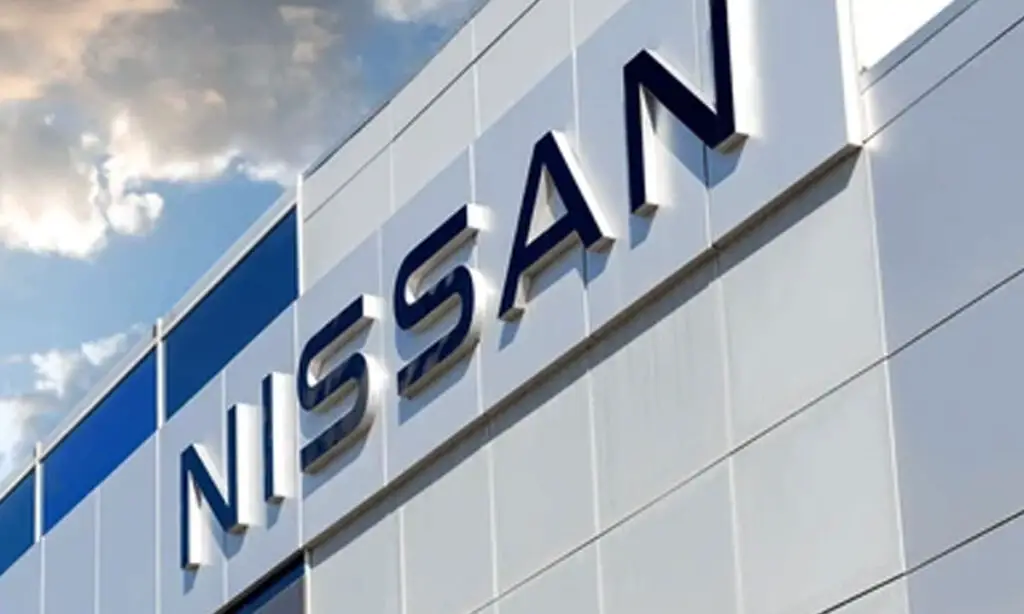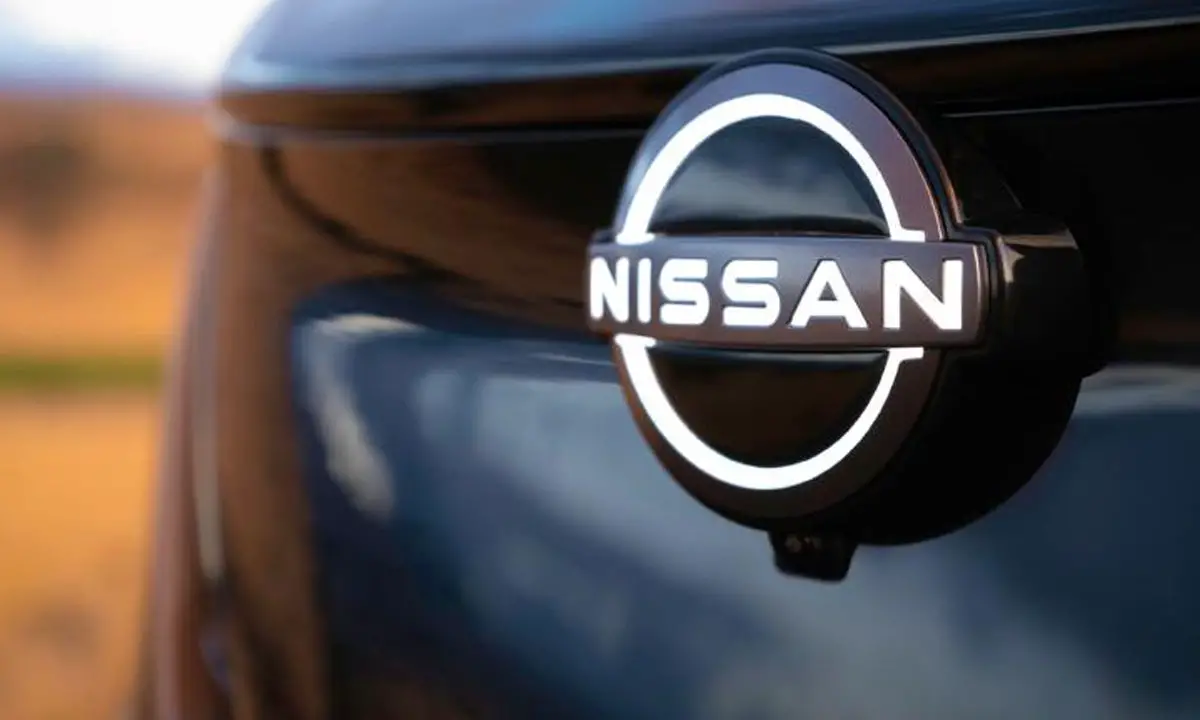Nissan Slashes 20,000 Jobs Amid Financial Turmoil and $5 Billion Projected Loss
In a dramatic turn of events for the global automotive industry, Nissan Motor Co. is poised to implement one of its most extensive workforce reductions in recent history. According to Japan’s NHK public broadcaster, the company is preparing to cut an additional 11,000 jobs globally, bringing the total to approximately 20,000. This figure represents around 15% of Nissan’s global workforce and underscores the deepening crisis at the once-dominant Japanese automaker.
An Extension of Troubled Times
This sweeping layoff strategy follows a previous announcement in November, where Nissan had committed to reducing its workforce by 9,000 positions in response to crumbling sales in key global markets such as the United States and China. The initial downsizing came on the heels of a staggering 94% drop in first-half net income—a stark indicator that Nissan’s challenges were more than just cyclical market fluctuations.
Now, with the company bracing for a record annual loss, it appears that the restructuring process is far from over. The layoffs and broader cost-cutting measures are expected to be confirmed as part of the company’s quarterly earnings announcement scheduled for Tuesday.
Mounting Financial Pressures
Nissan’s financial standing has deteriorated at an alarming rate. The automaker has signaled that it anticipates a record net loss in the range of 700 to 750 billion yen—equivalent to roughly $4.74 to $5.08 billion—for the fiscal year ending in March. The losses are attributed largely to impairment costs, waning demand, and structural inefficiencies across its production network.
This financial downturn has been further magnified by Nissan’s repeated downward revisions of its profit forecasts—four times within a single fiscal year. The constant downgrades have shaken investor confidence and cast doubt on the viability of Nissan’s long-term strategic vision.
Credit Downgrade and Shrinking Profit Margins

The downward spiral has not gone unnoticed by credit rating agencies. Moody’s recently downgraded Nissan’s rating to junk status, citing persistently weak profitability, a stale model lineup, and an eroded competitive position in global markets. The agency also expressed concerns about the company’s ability to generate sufficient cash flow to sustain its heavy investment plans, including its transition to electric vehicles.
The downgrade marks a significant reputational blow and increases the cost of borrowing for Nissan, which already carries considerable debt. It also reflects broader apprehensions within the investment community about the automaker’s operational stability.
Global Cuts and Factory Closures
Nissan’s restructuring efforts are not limited to layoffs alone. The company had previously announced plans to reduce global production capacity by 20%—a move intended to align manufacturing output with declining demand. As part of this capacity optimization strategy, Nissan will shutter its factory in Thailand by June and is expected to announce closures of two more, as yet unidentified, facilities.
Adding to the cost-saving initiatives, Nissan has canceled a planned $1.1 billion investment in an electric vehicle (EV) battery manufacturing plant in Kyushu, Japan. This decision came despite the project being eligible for government subsidies and underscores the severity of Nissan’s cash conservation efforts.
EV Competition Intensifies
Nissan’s current struggles are compounded by a rapidly shifting global auto landscape, particularly in the EV segment. While once considered a pioneer with its Nissan Leaf model, the company has since been outpaced by aggressive new entrants, especially in China. Domestic Chinese EV makers like BYD and Nio have captured significant market share with advanced models at competitive prices.
In the U.S., Nissan has struggled to keep up with Tesla and newer players such as Rivian and Lucid Motors. The company’s relatively limited EV lineup, combined with lukewarm consumer reception, has hindered its ability to capitalize on the global electrification wave.
Trade Barriers and Global Headwinds
Nissan’s international exposure also leaves it vulnerable to geopolitical and trade-related challenges. In the United States, rising tariffs on imported vehicles and components have further eroded the company’s already-thin profit margins. Meanwhile, inflationary pressures, higher raw material costs, and global supply chain disruptions have made recovery even more elusive.
In Europe, Nissan faces stricter emission regulations and a saturated EV market dominated by local and established players such as Volkswagen and Renault. Ironically, Renault is Nissan’s alliance partner, though their joint ventures have failed to provide the synergy needed to stem the losses.
Failed Merger and Strategic Disarray
Adding to Nissan’s woes was the collapse of a potential merger with fellow Japanese automaker Honda. Speculation had swirled for months that the two companies might unite to pool resources in EV development and autonomous driving technology. However, negotiations fell through, leaving Nissan to weather the storm alone.
Without a strong partner or a breakthrough product strategy, Nissan’s restructuring is increasingly viewed as reactive rather than proactive. Critics argue that the company lacks a coherent plan to regain market relevance beyond temporary cost-cutting.
Legacy Burdens and Brand Erosion
Nissan’s legacy as one of Japan’s premier car brands has taken a hit. The fallout from the Carlos Ghosn scandal continues to cast a long shadow. Ghosn, the former chairman who orchestrated Nissan’s early 2000s turnaround, fled Japan under legal scrutiny, leaving behind a company mired in leadership uncertainty and internal power struggles.
In the years since, Nissan has struggled to articulate a consistent vision, cycling through leadership changes and offering little reassurance to investors or customers. Brand equity, once a source of competitive advantage, has eroded as Nissan models aged and failed to excite the market.
Broader Automotive Sector in Flux
The timing of Nissan’s crisis coincides with a turbulent period for the global auto sector. The COVID-19 pandemic created supply chain bottlenecks, and the semiconductor shortage significantly disrupted production schedules across the industry.
On top of these disruptions, the automotive world is undergoing a seismic transformation toward software-defined vehicles, artificial intelligence, and shared mobility. Legacy automakers like Nissan are finding it difficult to pivot fast enough to keep pace with newer, more agile tech-centric competitors.
The Human Cost
Behind the headlines and numbers lies the real toll of Nissan’s restructuring—on workers, communities, and families. The 20,000 layoffs will impact employees across multiple continents, including Asia, Europe, and the Americas. While specifics about regional breakdowns have not yet been disclosed, the ripple effects are expected to be significant.
Job losses at Nissan’s suppliers and partners are also likely, as the company’s reduced production needs reverberate throughout the value chain. Governments in affected regions may step in with support measures, but the psychological blow to affected workers is irreversible.
What’s Next for Nissan?
As Nissan prepares to release its annual financial report, all eyes will be on its executive leadership to provide a roadmap for recovery. Investors, analysts, and employees alike are seeking answers to the company’s long-term strategy: Will Nissan double down on electrification? Will it find a strategic partner to help share the financial burden? Can it refresh its brand and products to recapture consumer interest?
New CEO Makoto Uchida, who took the helm in late 2019, faces a daunting task. His leadership will be measured not just by cost reductions, but by the ability to inspire confidence in a vision that repositions Nissan for the modern mobility era.
Conclusion: A Crossroads for an Industry Veteran
Nissan’s massive job cuts and looming $5 billion loss paint a sobering picture for a company once regarded as a cornerstone of Japan’s industrial might. The current crisis is not merely a function of bad luck or external headwinds—it reflects deep structural flaws, outdated business models, and missed opportunities in the face of innovation.
As Nissan restructures for survival, the next 12 months will be crucial in determining whether the company can transition from decline to renewal. If it fails to adapt and execute swiftly, it risks being left behind in a market that increasingly favors bold, forward-looking players ready to embrace the electric, digital, and connected future of mobility.
You may like these also:

